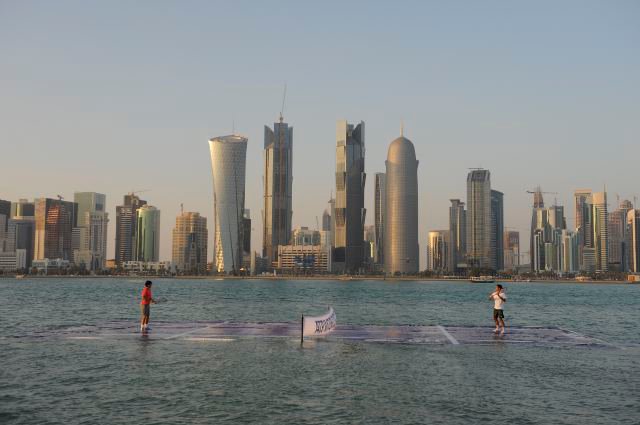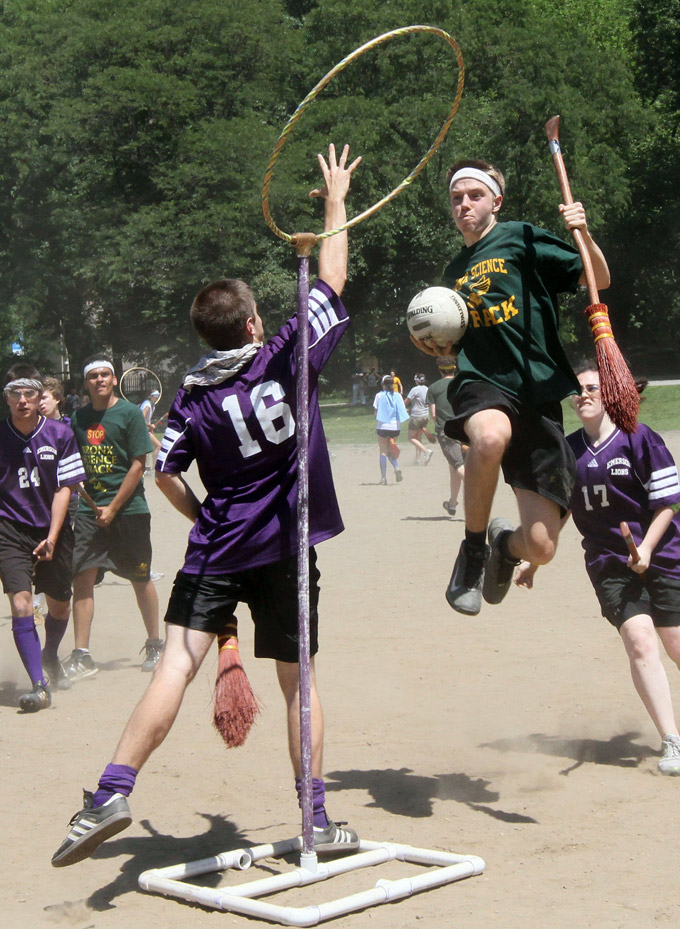LAS VEGAS — Nike launched its successful Nike+ fitness software just four years ago, but nearly 4 million users have turned it into the most popular and widely available run-tracking UI ever. And just four months ago, Nike enabled GPS tracking in a completely overhauled iteration of its mobile app. Now, Nike has partnered with TomTom to bring GPS functionality and Nike’s run-tracking prowess to your wrist.
 The as-yet-unreleased Nike+ SportWatch GPS won’t be of any use to those trying to keep their New Year’s resolutions, but consumers will soon get their chance to try out this slick and easy-to-use run tracker. Operation couldn’t be simpler: Just slap on the watch and punch a couple of buttons to let it know you’ve started running.
The as-yet-unreleased Nike+ SportWatch GPS won’t be of any use to those trying to keep their New Year’s resolutions, but consumers will soon get their chance to try out this slick and easy-to-use run tracker. Operation couldn’t be simpler: Just slap on the watch and punch a couple of buttons to let it know you’ve started running.
The watch syncs up TomTom’s GPS navigation and mapping expertise with the Nike+ sensor (likely found in the sole of your shoe). The dual services integration also ensures that your data will be actually recorded even when running through areas where GPS might be lacking. When you’ve finished your workout, just pop the embedded USB connector on the end of the watch band directly into your computer and your workout is uploaded to your NikePlus.com account through a standalone software app.
Thanks to an integrated accelerometer, the watch face is actually a “tap screen,” so you can tap the display to either bring up the backlight or to designate a new lap while you’re working out. Also, if you haven’t worked out for a few days, the watch screen will bring up a “run reminder” to try and prod you into working out again.
Nike won’t say how much the watch will cost, but you can bet it will competitive with other wrist-centric running gizmos. It goes on sale April 1 in the US, but you can preorder it at Nike.com starting March 1.
Image: Erik Malinowski/Wired.com
This post originally appeared in Gadget Lab.












































